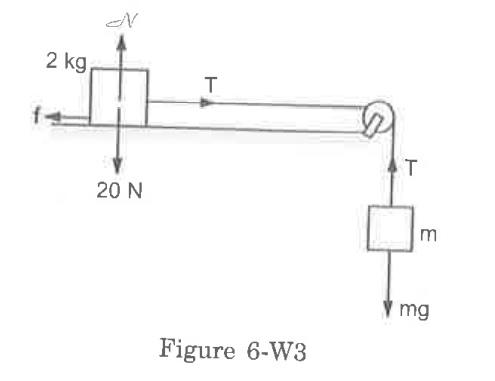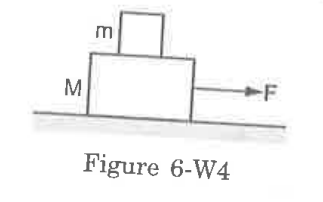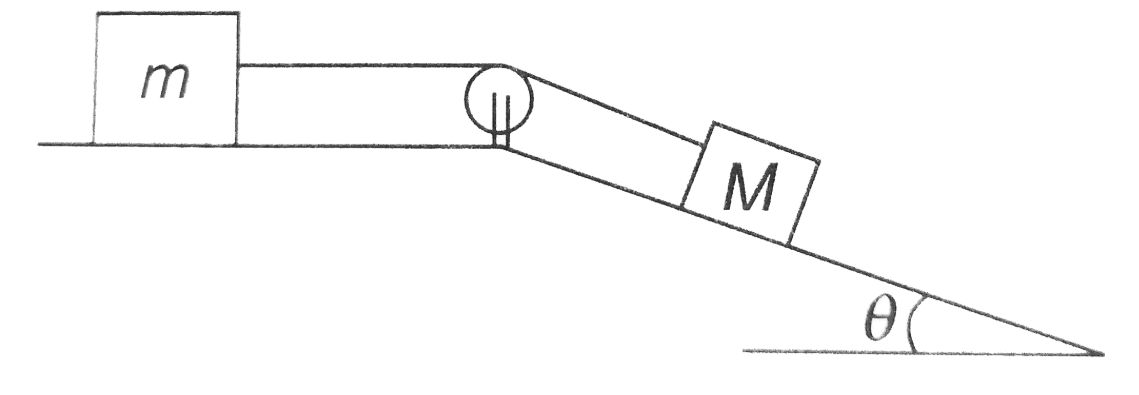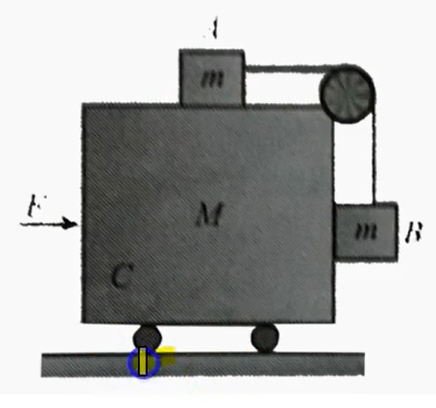Worked Out Examples from HC VERMA PHYSICS Chapter 5 FRICTION for Class 11
| Class 11 | PHYSICS |
| Chapter | FRICTION |
| HC VERMA PHYSICS | Worked Out Examples |
| Medium | English |
| Academic Year | 2023-2024 |
Question 1
The coefficient of static friction between a block of mass m and an incline is μs=03, a. What can be the maximum angle θ of the incline with the horizontal so that the block does not slip on the plane? b. If the incline makes an angle θ2 with the horizontal, find the frictional force on the block.View SolutionQuestion 2
A horizontal force of 20 N i sapplied to a block of mass 4 kg resting on a rough horiozontal table. If the blcok does not move on the table, how much fricrtional force the table is applying on the blockgt What can be said about the coefficient of static friction between the block and the table? Takeg=ms2.View SolutionQuestion 6
A block of mass 2.5 mg is kept on a rough horizontal surface. It is found that the block does not slide if a horizontal force less than 15 N is applied to it. Also it is found that it takes 5 seconds to slide through the first 10 m if a horizontal force of 15 N is applied and the block is gently pushed to start the motion.Taking block is gently pushed to start the motion, calculate the coefficient of static and kinetic friction between the block and the surface. Taking g=10m/s2View SolutionQuestion 10
figure shows two blocks connected by a light string placed on the two inclined parts of a triangular structure. The coefficients of static and inetic friction are 0.28 and 0.25 respectively at each of the surface. a.Find the minimum and maximum values of m for which the system remains at rest, b. Find the acceleration of either block if m is given the minimu value calculated in teh first part and is gentluy pushed up the incline for a short while.
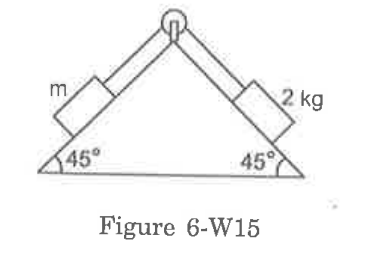 View Solution
View Solution
